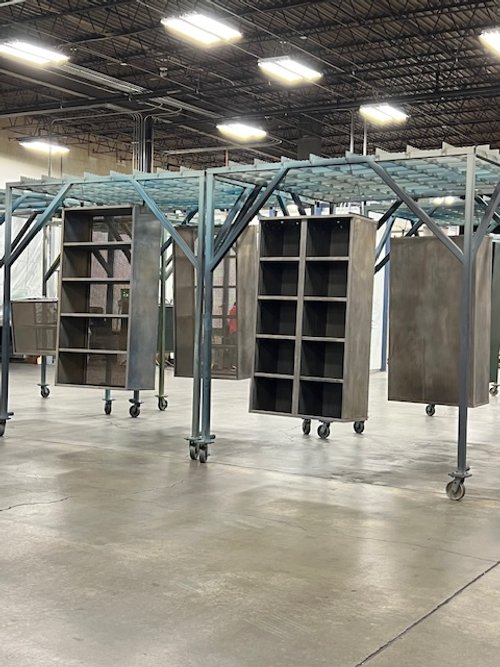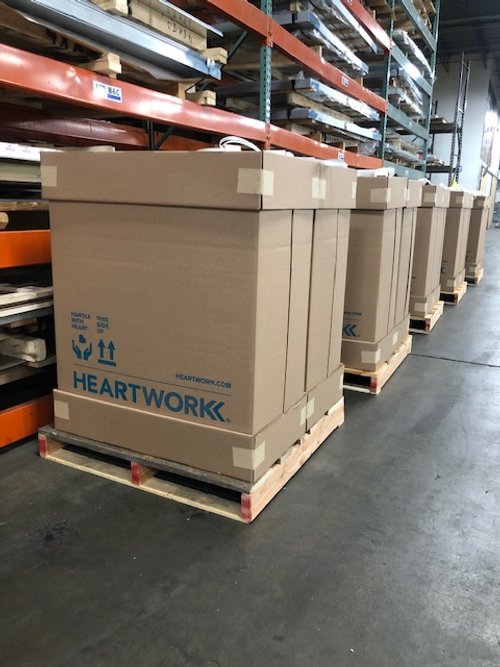Made in the USA with Karen John from Heartwork
My love for design has been closely tied to my curiosity for how things are made. After undergrad, while studying industrial design at Domus Academy in Milan, I saw firsthand the power of collaboration between designer and maker. I admired the Italians who had built this rich network of designers and makers (terziste) outside of Milan post-WWII that was fueling the creative and innovative output. At that time, this was not common in the US where much was outsourced to other countries via only a sketch and a target cost. That experience informed my early decision when launching Heartwork to manufacture in the USA.
Manufacturing products domestically gives creators the chance to more closely collaborate as a team across design, engineering and production. In addition, it allows support of the various “customizations” that clients seek - whether it is color, sizes, design details, etc. that would not be possible if manufacturing offshore due to long lead times and higher inventory requirements. For Heartwork, this was especially important given our commitment to innovation and color where shorter lead times and more flexibility help to better address the needs of clients.
My fascination with steel, an iconic material, synonymous with American manufacturing, has been a constant source of inspiration. I deliberately chose steel for its strength, versatility, and beauty. This curiosity led me to delve into the various processes of heating, bending, forming, stamping, welding and finishing steel- each technique revealing the material's inherent potential. In my perspective, steel embodies more than just physical properties; it is a symbol of American progress and optimism.
Despite the steel industry's long-standing association with American manufacturing, its continued evolution is imperative to address the needs of our planet. The renewable energy infrastructure in the United States is highly dependent on the US steel industry. Therefore, to align with greenhouse gas emissions goals, the industry must undergo substantial advancements. Government incentives are playing a pivotal role in expediting innovation, fostering a landscape where steel production can not only be more efficient but more environmentally sustainable. An example of progressive shifts are blast furnaces becoming a thing of the past as electric arc furnaces are a more popular alternative. Looking ahead, the pioneering use of hydrogen in steel production highlights a commitment to cleaner and more sustainable industrial practices.
Since 2014, Heartwork has been a proud member of Be Original Americas. We have had the good fortune to collaborate with Laura Guido-Clark, founder of Love Good Color who is a fellow Be Original Americas member, to develop a strong color system for Heartwork.




